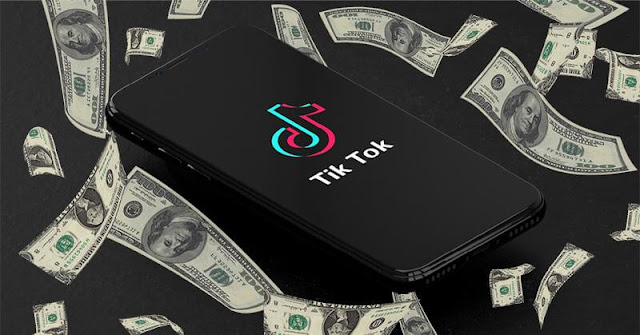Xaomi’s Mi 10 series is the company’s current flagship lineup, and it consists of the Mi 10, the Mi 10 Pro, the Mi 10 Lite, the Mi 10 Lite Zoom/Mi 10 Youth Edition, and the Mi 10 Ultra.
Xiaomi recently launched the Mi 10T and Mi 10T Pro in India, just a day after OnePlus 8T was unveiled. The timing of the launch does not seem coincidental, and going by the aggressive pricing and features of these new models, Xiaomi's intentions are pretty clear. The Mi 10T 5G and Mi 10T Pro 5G share nearly the same specifications, with the only major difference being the primary rear camera.
The highlight feature of the Mi 10T series is the 144Hz refresh rate LCD display, which is an impressive specification to have at a starting price of Rs. 35,999. Both these models are priced below the Mi 10 5G, but offer largely upgraded features and specifications. I've been using the Mi 10T Pro 5G for about a day, and here are my first impressions of it.
Xiaomi didn't send me the retail box so all I really got was the phone, without any of the accessories. This is the Cosmic Black colour, which looks very flashy but is also a massive magnet for fingerprints. There's Corning Gorilla Glass 5 on the display, back panel, and camera module, which is always appreciated. However, having glass all over also makes this phone incredibly slippery without a case.
The first thing that grabbed my attention was the sheer size of this phone. I'm used to large displays, but the Mi 10T Pro 5G is also quite thick at 9.33mm and very heavy at 218g. The camera module protrudes quite a bit, causing the phone to wobble if you're trying to use it laying down on its back. However, the overall build quality and finish are superb. If you're not a fan of the glossy back panel, the Lunar Silver version is said to have a matte finish.
The Mi 10T Pro 5G has stereo speakers, an IR emitter, a fingerprint sensor embedded in the power button, and a dual-SIM tray. There's no headphone jack or IP rating. Xiaomi has also removed the wireless charging feature seen in the Mi 10 5G, possibly to save on costs.
Xiaomi has mainly focused its efforts on the Mi 10T Pro 5G's display. It's a 6.67-inch LCD panel with a full-HD+ resolution, and it supports HDR10 video playback. The display also boasts of certifications from JNCD and TUV Rheinland for colour accuracy and low blue light emissions, respectively. The main feature though is its 144Hz refresh rate. Xiaomi claims that the Mi 10T Pro 5G can dynamically change refresh rates from 30Hz all the way up to 144Hz, depending on the type of content being viewed. So far, the Asus ROG Phone 3 (Review) has been the only smartphone with a 144Hz refresh rate display in India, so it's nice to have more options.
The display seems to get quite bright and colour reproduction seemed good in the short time I've been using this phone. The 144Hz refresh rate makes system animations and scrolling through menus feel more fluid, but I don't think there are many applications yet that can take advantage of such a high refresh rate. Stay tuned for the full report in our detailed review, coming up soon.
One thing I didn't quite like about the Mi 10T Pro 5G is the mild vignetting or colour fringing that's visible around the edges of the display and the cutout for the selfie camera. I've only noticed this in some system menus so far due to the white backgrounds, but it isn't apparent otherwise.
Just like the Mi 10 5G, the Mi 10T Pro 5G uses the Qualcomm Snapdragon 865 SoC and is only available in one configuration, with 8GB of LPDDR5 RAM and 128GB of UFS 3.1 storage. There's a 5,000mAh battery and support for 33W fast charging, as well as NFC and Wi-Fi 6. The phone runs on MIUI 12 which is feature-rich, and thankfully, I haven't encountered many spammy notifications yet.
The Mi 10T Pro 5G has a 108-megapixel primary rear camera, while the Mi 10T 5G has a 64-megapixel sensor. This is pretty much the main difference between these two phones. The back of the Mi 10T Pro 5G also has 13-megapixel ultra-wide-angle and 5-megapixel macro cameras. The selfie camera has a 20-megapixel resolution. The camera features are similar to what we saw on the Mi 10 5G, which include 8K video recording, manual video mode, etc. There's a lot to test here, and so far, the specifications look promising.




